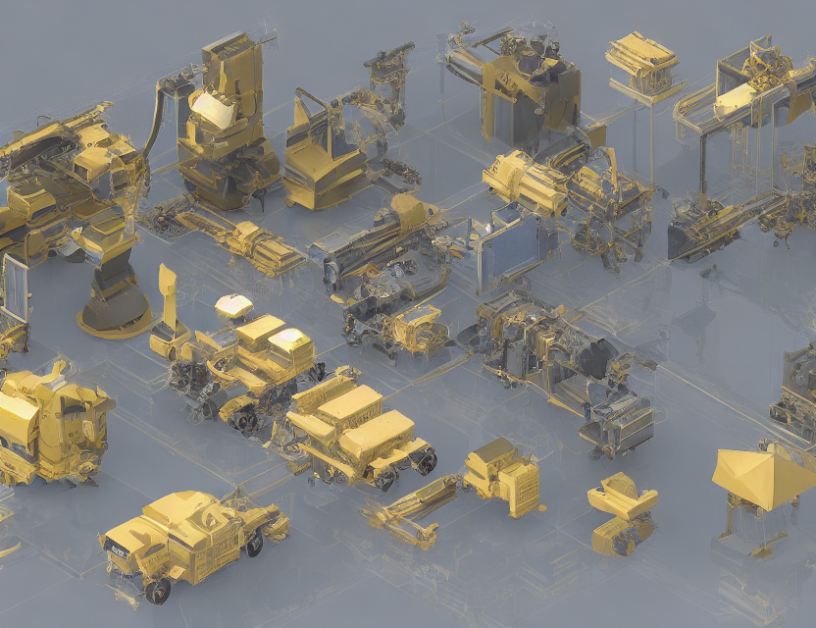Automatic data synthesis is a powerful tool that can help solve real-world problems where access to real data is limited or manual generation is impractical. Deep generative models have shown great success in this field, particularly in computer vision and natural language processing. In this article, we explore the recent advancements in automatic data synthesis and discuss the potential applications of these techniques.
Context: Automatic Data Synthesis
Automatic data synthesis is a subfield of machine learning that focuses on generating new data samples that are similar to the existing training data. This process can be used to augment real datasets, generate new datasets for unseen classes or tasks, and even create entirely new datasets from scratch. The goal of automatic data synthesis is to improve the performance of machine learning models by providing them with more diverse and representative training data.
Advances in Automatic Data Synthesis
Several recent advancements have improved the quality and diversity of generated data. One popular approach is to use Generative Adversarial Networks (GANs), which consist of two neural networks that compete with each other to generate new data samples. Another approach is to use Variational Autoencoders (VAEs), which learn to compress and reconstruct the input data, generating new samples by sampling from the learned latent space.
Applications of Automatic Data Synthesis
Automatic data synthesis has numerous applications in various fields, including computer vision, natural language processing, healthcare, finance, and more. In computer vision, GANs have been used to generate realistic images of objects, scenes, and even faces. In natural language processing, VAEs have been used to generate coherent text and dialogue. In healthcare, automatic data synthesis can be used to generate synthetic medical images, which can help train AI models for diagnosis and treatment.
Challenges and Future Directions
Despite the advancements in automatic data synthesis, there are still several challenges that need to be addressed. One of the main challenges is the quality of generated data, which often falls short of real-world data. Another challenge is the lack of interpretability of the generated data, making it difficult to understand why certain decisions are made. To overcome these challenges, researchers are exploring new techniques that can improve the quality and interpretability of generated data.
Conclusion: Automatic Data Synthesis for Real-World Problems
Automatic data synthesis is a powerful tool that can help solve real-world problems where access to real data is limited or manual generation is impractical. With recent advancements in deep generative models, automatic data synthesis has the potential to revolutionize various fields, including computer vision, natural language processing, healthcare, and finance. However, there are still challenges that need to be addressed to ensure the quality and interpretability of generated data. As researchers continue to explore new techniques, we can expect automatic data synthesis to play a crucial role in solving real-world problems.



